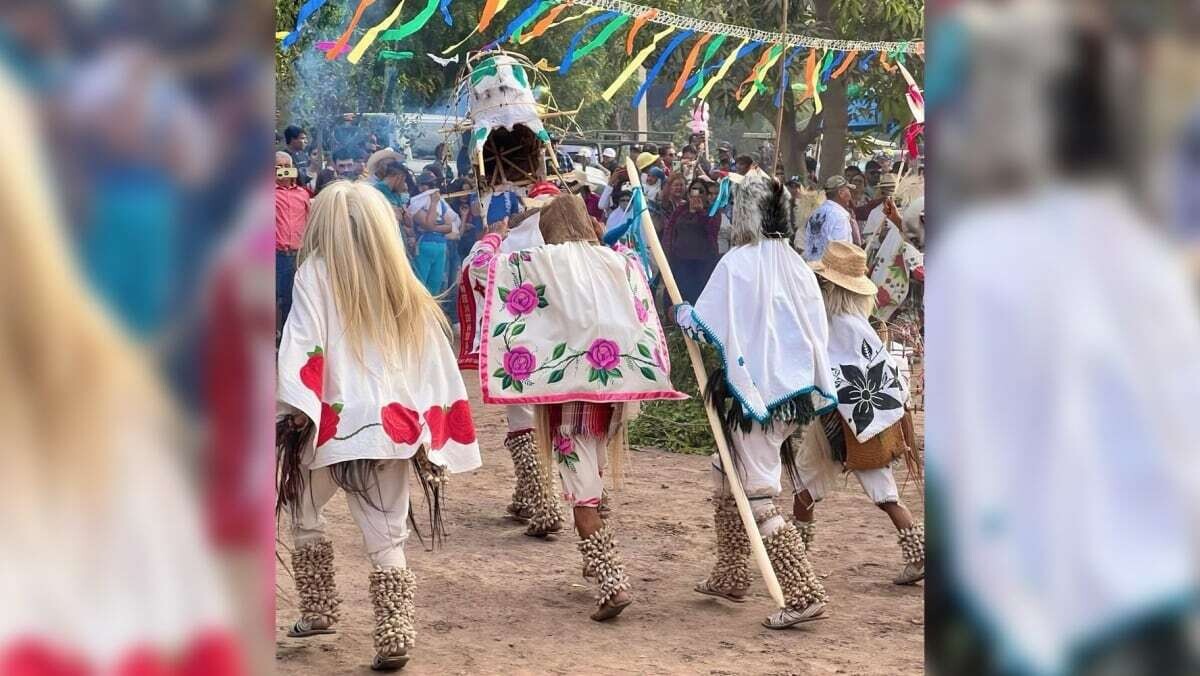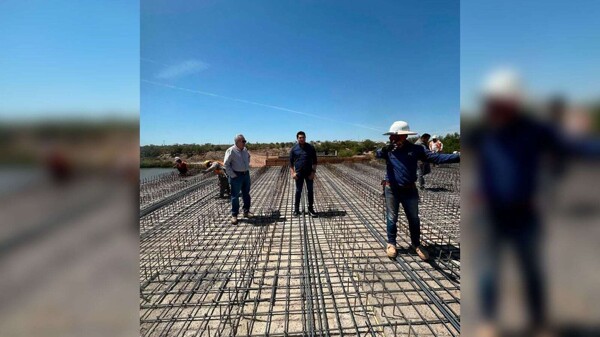
In the state of Sinaloa, Holy Week is celebrated with a remarkable cultural richness, particularly in communities like Mochicauhi in El Fuerte, San Miguel Zapotitlán in Ahome, and San Francisco de Tacuichamona in Culiacán. These places, along with others in the region, become centers of the Yoreme indigenous traditions, where crowds gather to witness rituals that mix religious elements with ancestral expressions.
The celebrations include pascola dances, the representation of the persecution of Jews and Pharisees, as well as the preparation of guacavaqui broth, all reflecting nearly 500 years of history. The 28 ceremonial centers in six municipalities of Sinaloa revive the passion of Christ through prayers, chants, and traditional dances, performed barefoot and wearing outfits adorned with masks, necklaces, and tenábaris.
The state government has implemented programs to safeguard these traditions and strengthen indigenous communities. Among the actions are support for the preservation of the mother tongue and legal security for the properties of indigenous families, benefiting more than 2,800 people in municipalities like Choix and El Fuerte. In addition, education is promoted through the Autonomous Indigenous University of Mexico (UAIM) and the construction of a headquarters in Villa Juárez, Navolato, by Governor Rocha Moya.
In San Francisco de Tacuichamona, a Señorial Town in central Sinaloa, it stands out for its Holy Week traditions rooted since 1624. Besides preserving religious and ancestral practices, this town enchants with petroglyphs and legends that showcase the high cultural level of its ancestors. The petroglyphs carved in stone and bathed by the San Lorenzo River are a tourist and historical attraction that connects with local roots. Traditional culinary recipes, such as dried fish stews, lentils, and quelites, remain alive as a testament to the cultural richness of this town.
Sinaloa, with its combination of Christian faith and indigenous identity, persists as a bastion of traditions that endure through generations and enrich the cultural heritage of Mexico.













